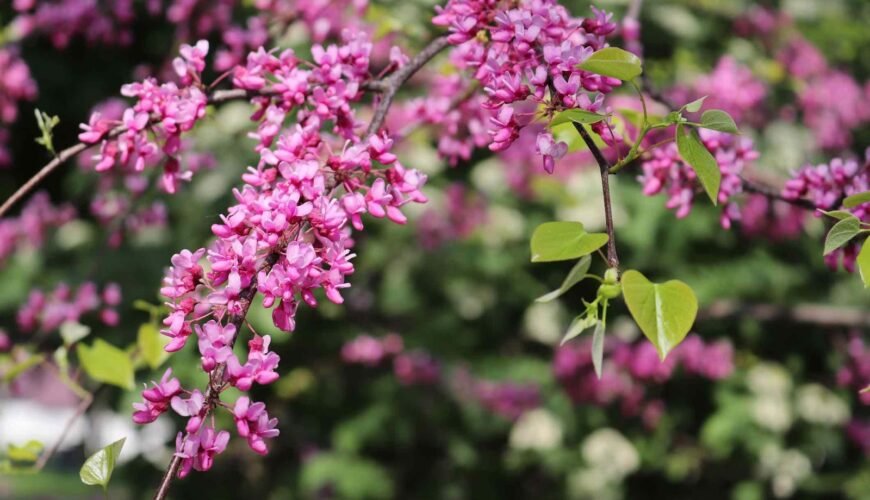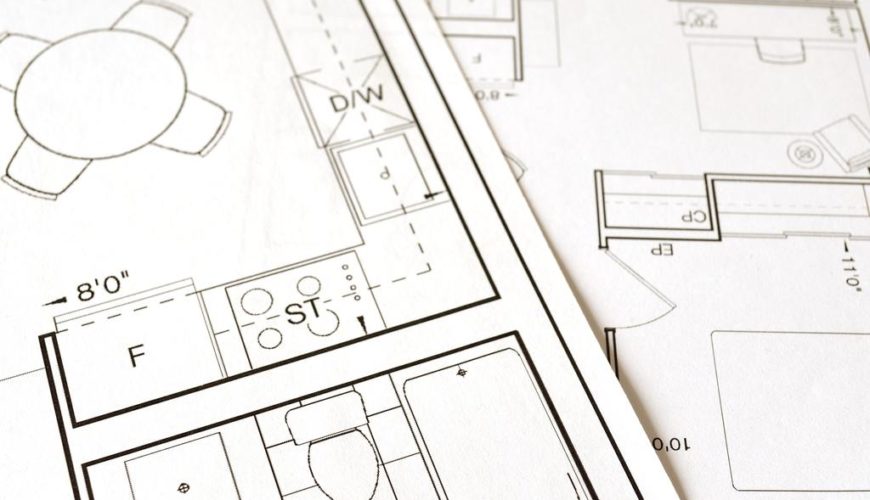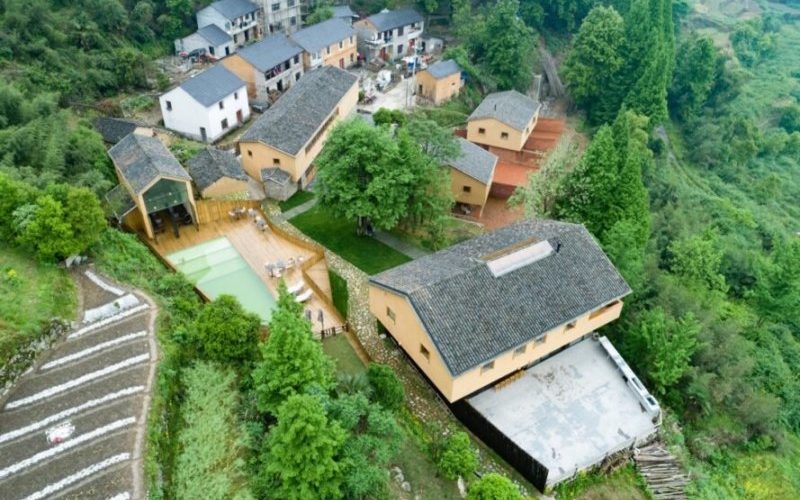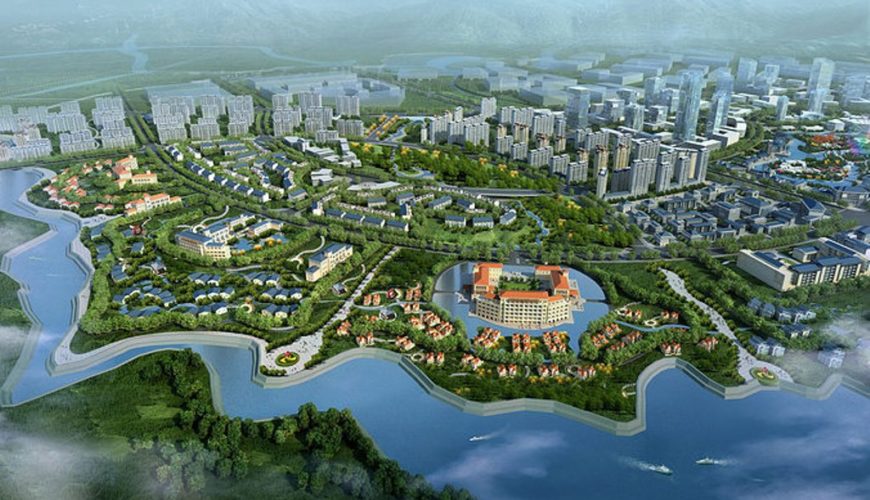Pittsburgh’s riverfront landscape is experiencing a colorful transformation this spring as thousands of eastern redbud trees burst into bloom along the city’s waterfronts and trails. This impressive display of native flowering trees is the result of a long-term conservation and beautification initiative known as the Pittsburgh Redbud Project, made possible through funding from Colcom Foundation.
Pittsburgh Redbud Project Creates Stunning Native Tree Display Along Three Rivers
The Pittsburgh Redbud Project, launched in 2016 by the Western Pennsylvania Conservancy and partners, has planted more than 3,770 native redbuds and complementary trees along with nearly 12,000 native perennial shrubs and grasses. According to Jeff Bergman, associate vice president of urban forestry and community greening for the Western Pennsylvania Conservancy, the project has now reached its goal of achieving “a critical mass of blooming redbuds” to create the desired visual impact.
These vibrant pink-purple blooms are strategically placed in high-visibility areas, including the Three Rivers Heritage Trail, North Shore Riverfront Park, the grounds around Acrisure Stadium, the Fred Rogers Memorial area, and Point State Park. The redbuds typically begin blooming in early April and provide a spectacular display for two to three weeks.
The Colcom Foundation’s support has been instrumental in bringing this vision to life. Recently, the Foundation awarded another grant to support additional plantings scheduled for fall 2025 and beyond, ensuring the continued growth and maintenance of this urban forest initiative along Pittsburgh’s three rivers.
Eastern Redbuds Bring Ecological Benefits to Pittsburgh’s Urban Environment
The choice of eastern redbud trees for this large-scale planting project reflects a thoughtful approach to urban greening. As a native species, the redbud offers significant ecological benefits that imported ornamental varieties cannot match. The trees are naturally disease-resistant and provide valuable food sources for pollinators, birds, and small mammals, contributing to the biodiversity of Pittsburgh’s urban ecosystem.
“We set out to celebrate spring and give people a ‘wow’ factor and to help further define these places as a destination during a typically dreary time of the year,” Bergman said.
The timing of these blooms has proven particularly fortunate, as they will provide a stunning backdrop for the 2026 NFL Draft events scheduled for April 23-25 next year. “The 2026 NFL Draft couldn’t have been scheduled for a better time of year,” said Derek Dawson, vice president of strategic initiatives for VisitPittsburgh. “The eastern redbuds will be in full bloom. They accentuate our iconic skyline and will create a perfect backdrop for all of the events throughout the city.”
Tourism and Economic Impact of Colcom Foundation’s Redbud Initiative
Beyond aesthetics, the economic potential of this natural attraction is significant. “Generally speaking, the eastern redbud trees have the potential to be Pittsburgh’s cherry blossoms,” said Anne M. Ryan, deputy secretary of tourism for the Pennsylvania Department of Community & Economic Development. “Each year, over 1 million visitors trek to D.C. to see the cherry blossoms, bringing in $202M in visitor spending. This signals that the tourism potential around the eastern redbuds in Pittsburgh is tremendous.”
The Pittsburgh Redbud Project is maintained through collaborative efforts between Colcom Foundation, the Western Pennsylvania Conservancy, and numerous local partners including Friends of the Riverfront, the Pittsburgh Pirates, the City of Pittsburgh Forestry Division, and Tree Pittsburgh, among others.
“Through the lens of landscape architecture, it takes an ecologically valuable tree to enhance public landscapes. The redbud addressed the aesthetics and the ecological benefits we were seeking as a conservancy,” says Bergman.
As the trees mature in the coming years, their display is expected to become even more impressive. For Colcom Foundation, this initiative represents a successful blend of environmental conservation, community enhancement, and economic development—creating beauty while promoting native species in Pittsburgh’s urban landscape.




